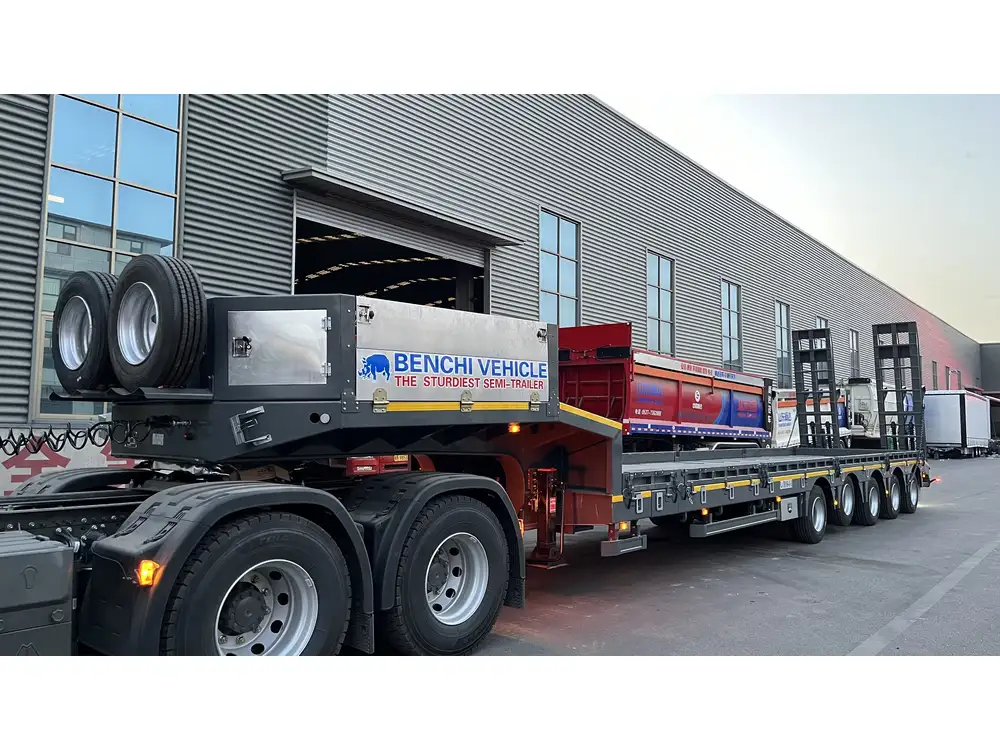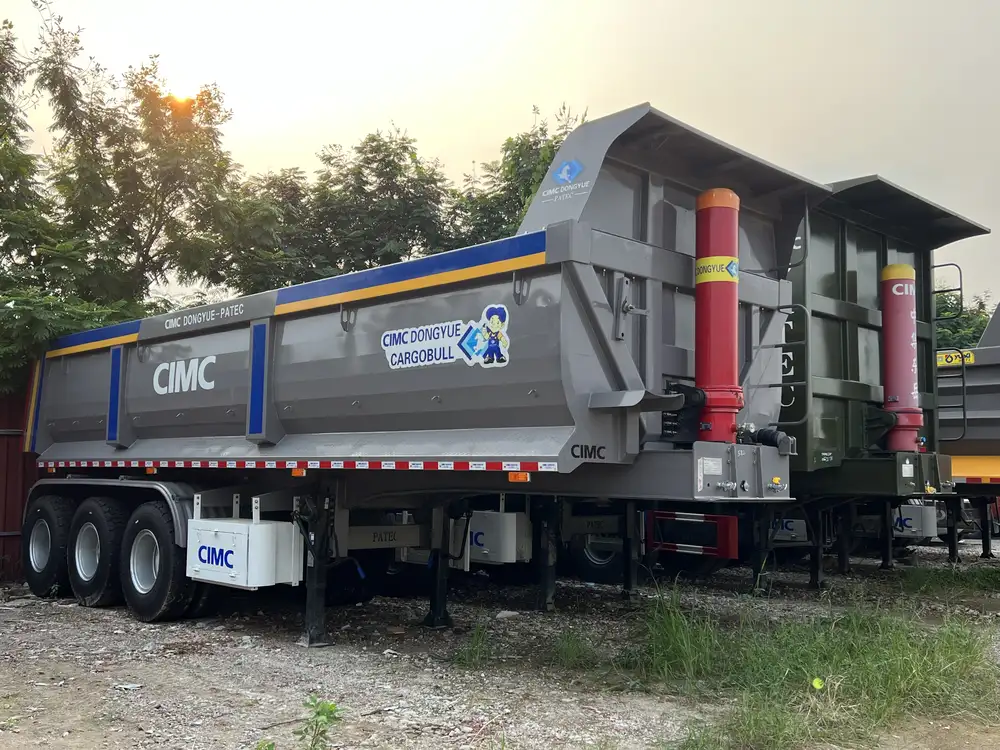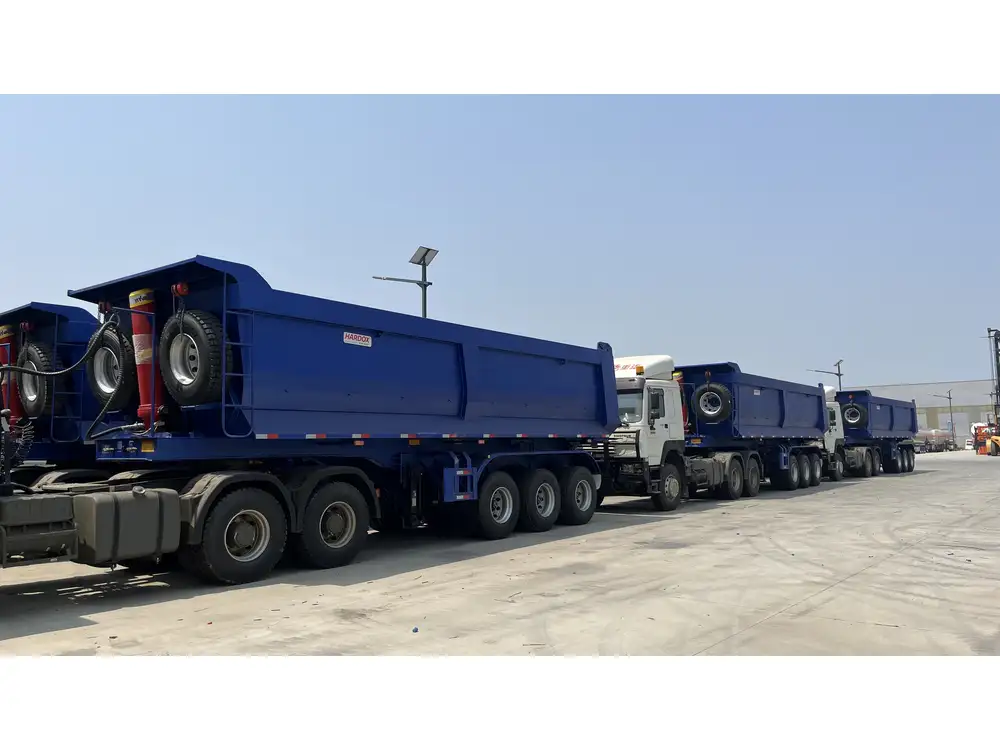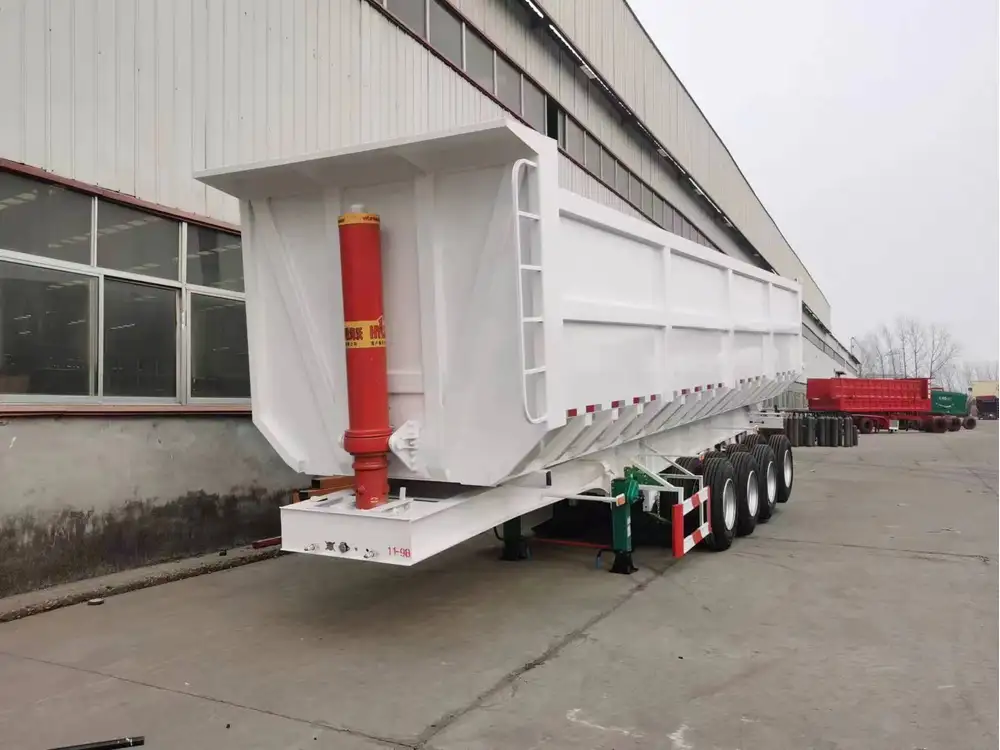Introduction to Semi-Trailers
In the realm of transportation and logistics, semi-trailers play an indispensable role. As the backbone of freight mobility, these vehicles are integral in moving goods across vast distances. Understanding the dimensions of semi-trailers, particularly their lengths, is crucial for manufacturers, logistics professionals, and consumers alike. In this guide, we delve into the nuances of semi-trailer lengths, elucidating factors that influence them while addressing pertinent user queries.
Semi-Trailer Lengths: The Basics
When we talk about semi-trailer lengths, it is essential to categorize them based on common types. Unlike standard trailers, semi-trailers are characterized by their unique hitching method, where they attach to a tractor unit. This section outlines the most prevalent lengths for semi-trailers.
| Type of Semi-Trailer | Common Lengths | Use Cases |
|---|---|---|
| Standard Dry Van | 28 to 53 feet | General freight transportation |
| Refrigerated Trailers | 20 to 53 feet | Temperature-sensitive goods |
| Flatbed Trailers | 48 to 53 feet | Construction and oversized cargo |
| Lowboy Trailers | 24 to 30 feet | Heavy equipment transport |
| Tanker Trailers | 30 to 53 feet | Liquid freight transport |

The Most Common Length: 53 Feet
The 53-foot semi-trailer has become the industry standard in North America. Its popularity stems from its capacity to efficiently accommodate freight without compromising structural integrity or road regulations. The Federal Highway Administration (FHWA) recognizes this length as beneficial for maximizing cargo space while adhering to highway weight limits.
Advantages of 53-Foot Semi-Trailers
- Increased Capacity: Allows for more goods, enhancing transport efficiency.
- Versatility: Suitable for a wide array of industries, from consumer goods to automotive parts.
- Compatibility: Can be used interchangeably with various tractor units, making them a flexible option for carriers.
Factors Influencing Semi-Trailer Lengths
While the standard lengths are broadly accepted, several factors play a pivotal role in determining a semi-trailer’s final length. Companies looking to optimize their operations must consider these elements.

1. Regulatory Framework
Each state in the U.S. (and countries worldwide) imposes specific regulations regarding trailer lengths. Federal law stipulates maximum lengths, which often vary based on roadway types.
Key Points:
- Interstate Highways: Generally accommodate longer trailers.
- State-specific Mandates: Some states have stricter regulations that must be adhered to.
2. Trailer Type and Design
The design and intended use of the semi-trailer greatly influence its length. For instance:
- A refrigerated trailer might have to be on the longer end to allow for insulation and cooling systems.
- Flatbed trailers may have adjustable lengths to accommodate different cargo sizes, such as construction materials.

3. Load Distribution
Proper load distribution can affect the required length to maintain safety and stability during transport. For example:
- Heavy loads may necessitate longer trailers to distribute weight evenly.
- Specialized cargo like machinery could lead to custom trailer designs that deviate from standard lengths.
Specialized Trailer Lengths
In addition to common semi-trailer types, specialized trailers exist that cater to specific industries and functions. Understanding these variations can further clarify why lengths differ.
1. Extendable Trailers
Extendable trailers can adjust their lengths based on specific cargo dimensions. This flexibility benefits industries dealing with oversized loads.
| Use Case | Common Lengths |
|---|---|
| Oversized Equipment | Extends up to 100 feet or more |
| Pipe Transportation | Can adjust from 40 to 80 feet |

2. Double and Triple Trailers
These configurations allow for multiple trailers hitched together, typically maximizing freight capacity at the expense of maneuverability.
- Length Ranges: Combined lengths can exceed 100 feet, depending on configurations and regulations.
- Usage: Particularly beneficial in shipping non-perishable goods over long distances on highways designed for such setups.
The Impact of Semi-Trailer Length on Transportation Efficiency
Understanding how trailer lengths affect transportation efficiency is crucial for businesses. Here are some ways that length impacts logistics operations:
1. Fuel Efficiency
Longer trailers can potentially lead to increased fuel consumption due to aerodynamic drag; however, they can also mean fewer trips for the same amount of cargo. Thus, while individual trip efficiency may decrease, overall efficiency might improve with strategic planning.

2. Cost Implications
Adopting longer trailers can offer cost savings per unit transported. Companies must balance these savings against increased initial capital outlay and potential regulatory compliance costs.
3. Loading and Unloading Time
The length of a trailer can affect the loading and unloading processes. Longer trailers may require additional planning to efficiently load cargo, which can slightly extend timelines but yield greater throughput over time.
Addressing Common User Queries: Semi-Trailer Lengths
While exploring semi-trailer lengths, certain user queries frequently arise. Here we address them concisely.

How Long Are Semi-Trailers Typically?
The most common lengths for semi-trailers range from 28 to 53 feet. The 53-foot model is predominantly used across North America due to its versatility.
Are There Variations in Lengths for Specific Industries?
Yes, variations exist based on the industry and type of goods transported. For instance, refrigerated and flatbed trailers often adhere to different dimensional norms to accommodate cargo types effectively.
Can I Customize the Length of a Semi-Trailer?
Custom semi-trailer lengths are possible and often necessary for specialized cargo. Such adaptations align with industry-specific requirements and operational efficiencies.

What Are the Legal Limitations for Trailer Lengths?
Regulations vary by state and country, influencing maximum allowable trailer lengths. Knowledge of these regulations is vital for compliance and operational planning.
Concluding Thoughts on Semi-Trailer Lengths
The length of semi-trailers is not merely a number; it encapsulates aspects of regulatory compliance, operational efficiency, and transportation economics. Understanding the implications of trailer lengths can aid manufacturers and logistics professionals in making informed decisions.
As we continue to innovate in the field of manufacturing and logistics, awareness of such technical specifications as semi-trailer length will remain paramount. Maximizing efficiency while adhering to regulatory frameworks will help streamline operations and pave the way for sustained growth in the transportation sector.



